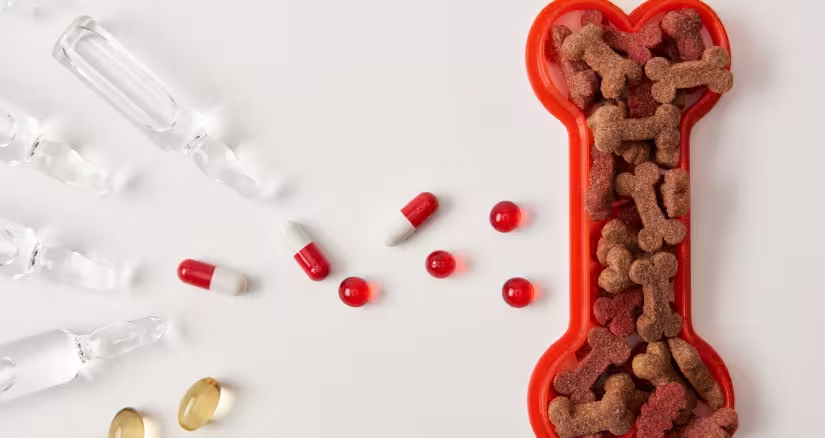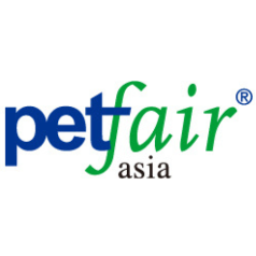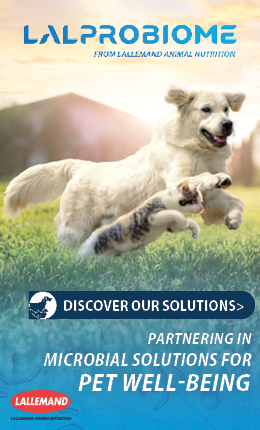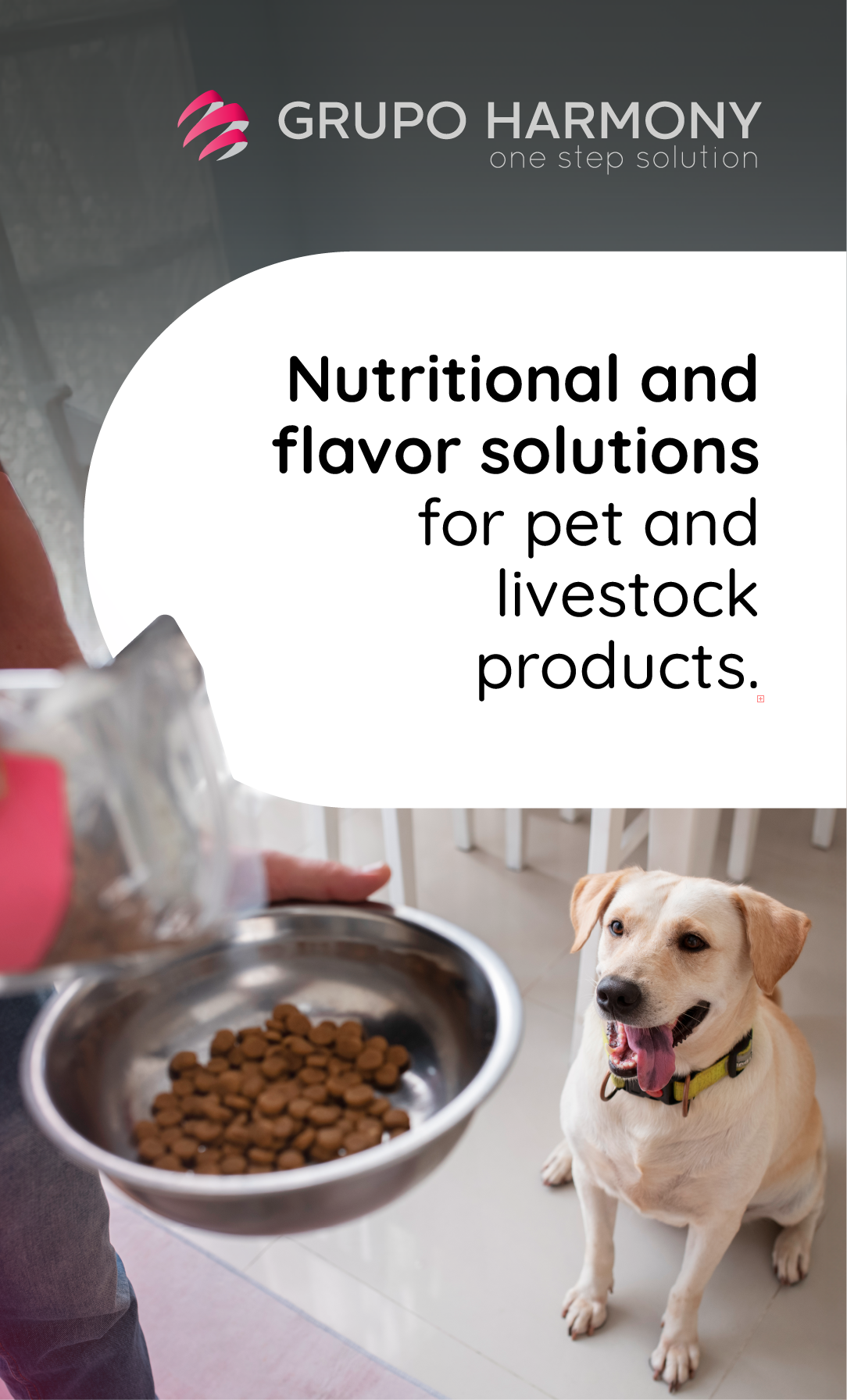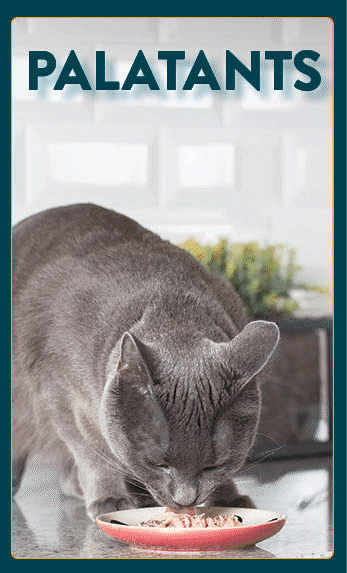Yeast in pet food
Sustainability in the pet food industry is an ongoing debate that often focuses on the ingredients used in it. Today, protein sources are under scrutiny, especially for their effects on ecosystems and societies, since the resources and conditions needed to develop them can be harmful to various ecosystems.
Currently, the best-known type of yeast is nutritional yeast, used to add protein to various foods, although it is also a flavoring agent. There are many different strains of inactivated yeast, and each has a different flavor. One deactivated yeast is Torula yeast, but others used in the market are active, such as beer or bakery yeast.
Torula yeast
Torula yeast (Candida utilis) is a type of inactivated yeast and is one of approximately 1,500 types of tiny, single-celled fungi. Torula edible yeast grows on wood alcohols and is used when deactivated and dried for flavoring and nutrition.
{{editor}}
The truth is that, generally, being low on the food chain reduces the environmental impact of a protein source, and mushrooms live near the bottom of it. Raising mushrooms as new pet food ingredients as one that would otherwise go to waste, reduces the environmental impact of animal nutrition. This yeast feeds on the woody biomass left over from the manufacture of wood products, and because wood waste is plentiful, renewable, and does not compete with human food crops, considerable sources of protein can be extracted. Indeed, it's possible to affirm it has favorable properties for extrusion as well as benefits for the animal's digestive system. Torula yeast is free of allergens and heavy metals.
Torula yeast in pet food
For pet food, Torula yeast may have an advantage over other novel proteins. It is an AAFCO-approved ingredient with a history of safe use. In 2019, feeding trials tested it in dog food and found the fungal protein source works on par with chicken meal, and a more recent study found evidence that torula yeast can also serve for producing cat food.
A study at the University of Kansas looked at the use of yeast in pet food. Torula yeast, as well as brewer's and whey yeast, have been categorized as nutritional yeasts when fed as inactive microbial biomass, primarily for their nutritional value. Among the most traditionally used in livestock nutrition, Torula yeast is the most favored in terms of its flexibility of carbon sources and growth capacity. It can metabolize xylose and its oligomers, allowing growth on low-value cellulosic waste materials. Thus, it enables large quantities of microbial protein to be produced from a sustainable and cost-effective growth medium. In addition, producing yeast from cellulosic material has a lower carbon footprint compared to soybean, pea protein, and chicken meal, the elements on which the study's comparisons are based.
All four cat foods, with these ingredients, were prepared using single screw extruders under similar processing conditions. The study found that Torula yeast is highly digestible by cats and even increased their preference for food containing it while aiding processing and kibble formation.
Furthermore, under similar processing conditions, this yeast resulted in a more extended product, particularly in the radial direction, which caused the lowest density and hardness. The study determined that Torula yeast can be safely included in feline diets, with levels limited for fecal quality considerations.
In palatability tests, cats chose more food with Torula yeast than those with chicken meal. However, there was no difference from the other ingredients. On the other hand, the crude protein of Torula yeast digestibility was similar to the other three formulations, with an average of 89.97%. Yet, fats digestibility was lower for this (92.52%) than for the other protein sources.
Conclusion
Yeast-based ingredients are playing an increasing role in the premiumization of pet food as a source of improved health and wellness for pets in hundreds of pet food markets worldwide. Yeast is no longer only used to improve palatability, but interest is now growing in the value and impact it might have in increasing immunity levels and improving gut health.
In this sense, Torula yeast seems a great alternative to incorporate into formulas, although, and while even there is very recent research, experts in the field recommend further investigation to evaluate postbiotic analysis, the mechanisms of the functionality of raw materials, and the implications of protein ingredients on urinary health in cats.
Source: All Pet Food Magazine
You could be interested: Understanding Minimally Processed: What It Really Means for Your Pets Food



















